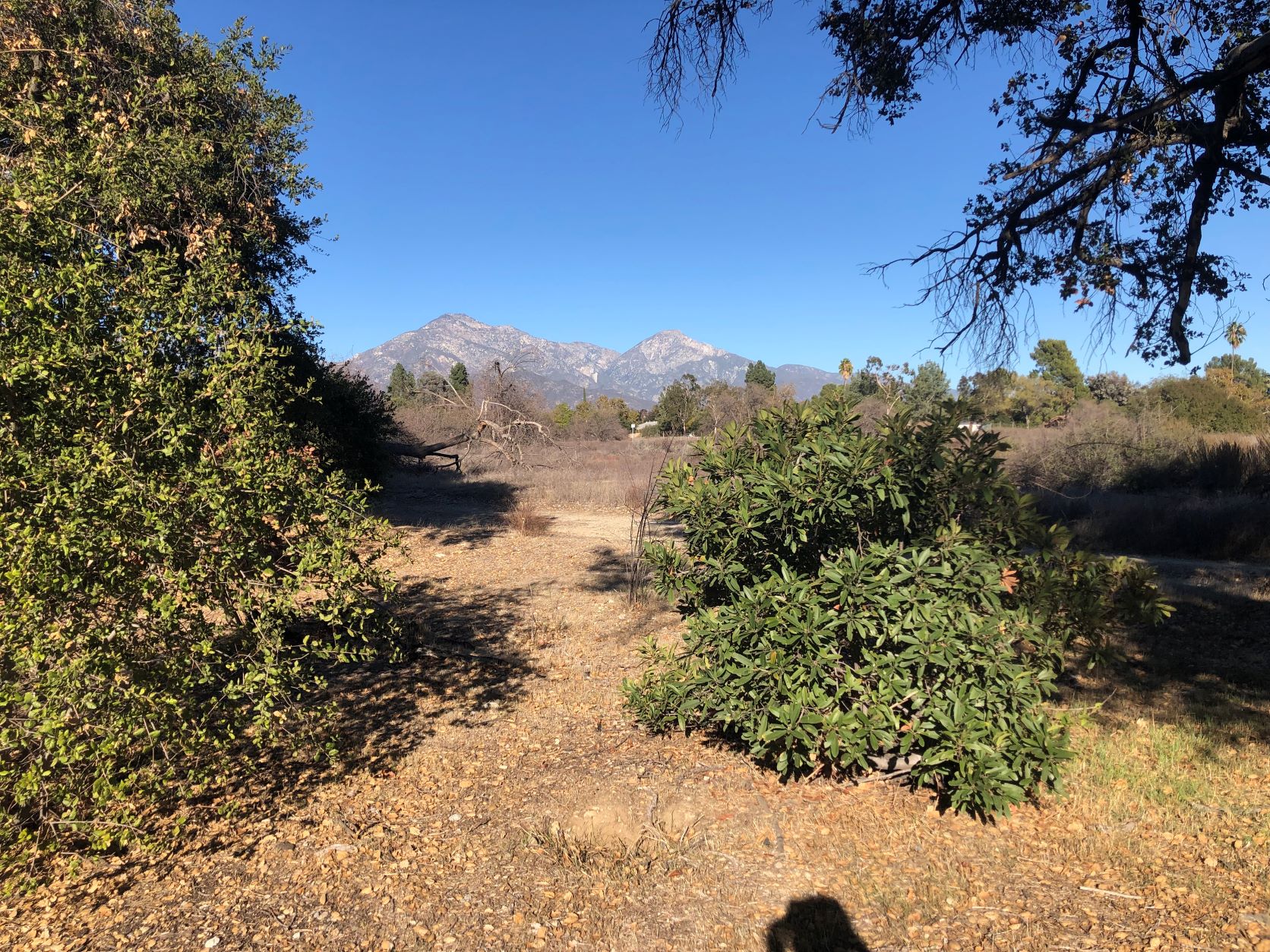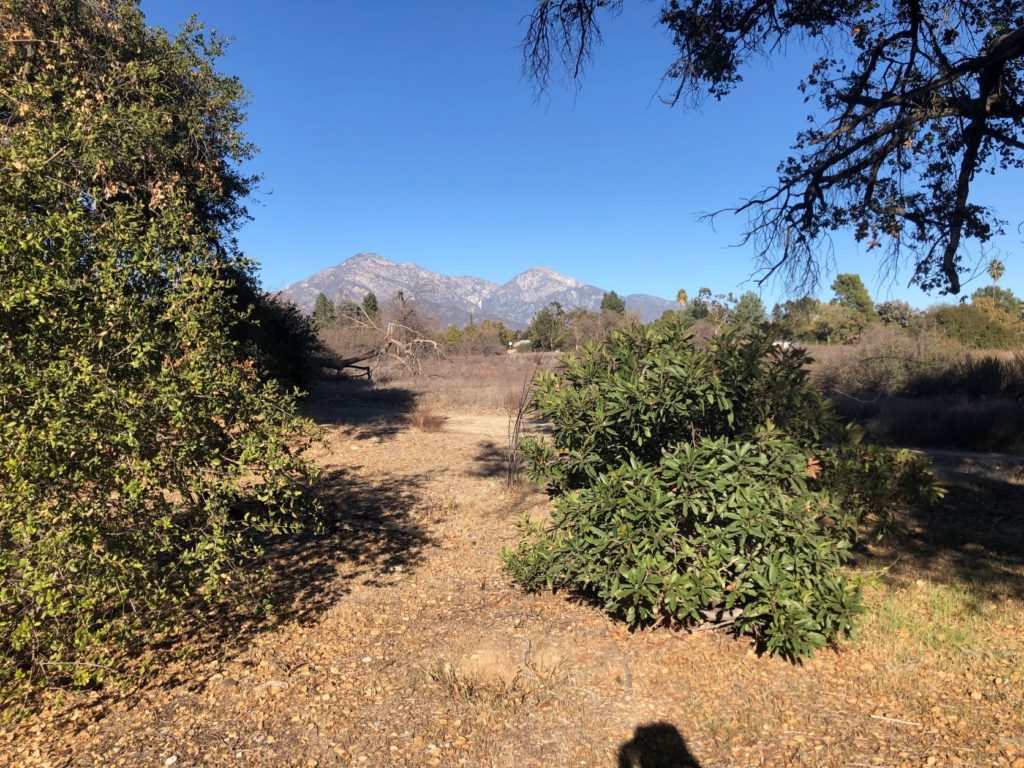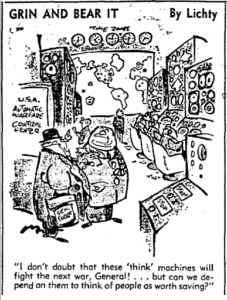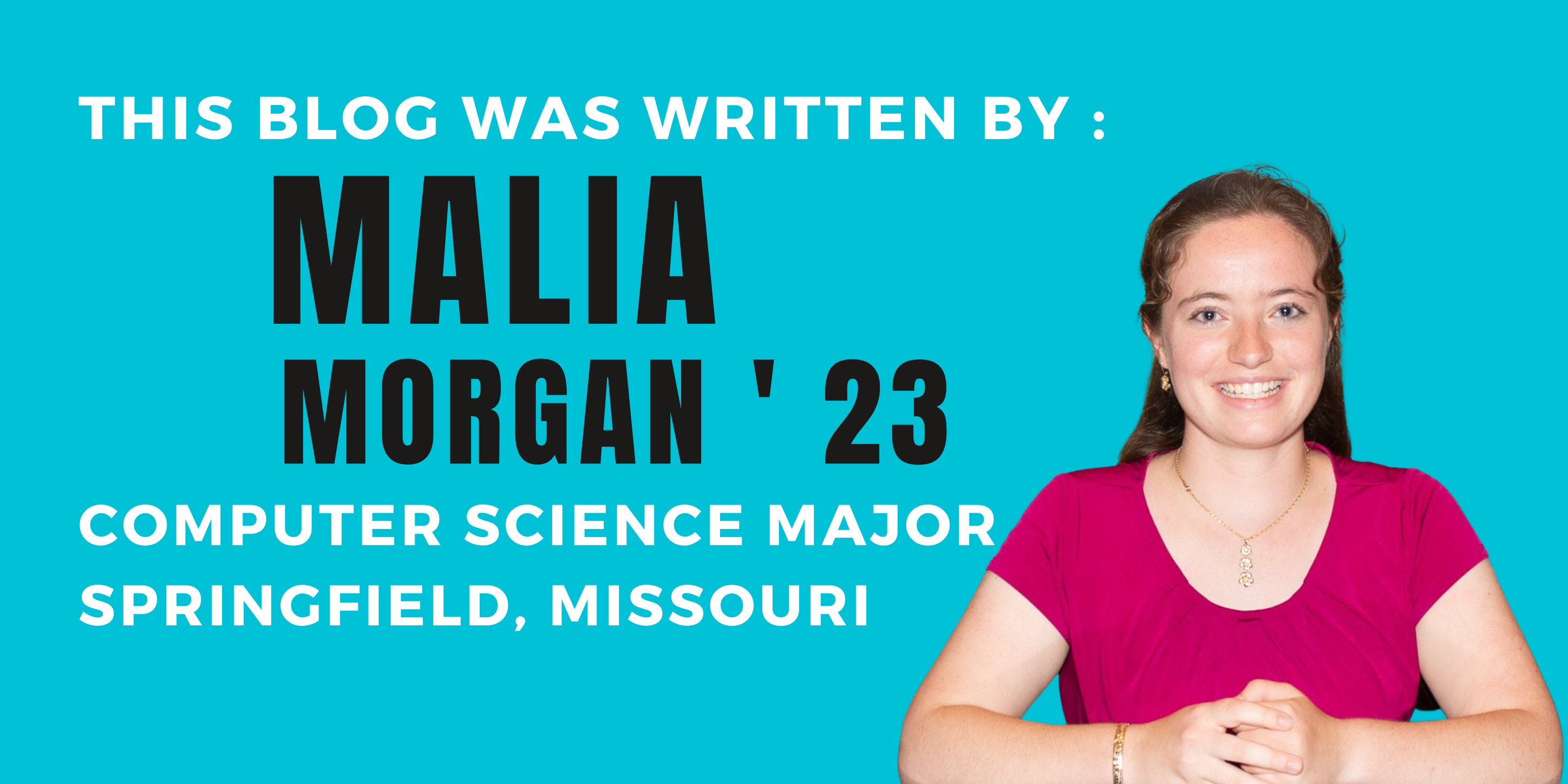HSA Concentrations: Introduction
September 21, 2022
One of the factors that really attracted me to Mudd was the focus on the humanities, social sciences, and arts (what we call HSA). Though Mudd is a STEM school and only offers STEM majors, every student is also required to take HSA classes. These classes are built into our schedule at every level – there are HSA classes in the Core (the set of classes all freshmen and sophomores take together) that teach research and writing skills, there are classes co-taught by physics and literature professors (one of them is called Dickens and Hardy and actually involves traveling to England to see the places where the authors wrote), and all Mudd students complete an HSA concentration.
My personal exploration of HSA has been very centered on my concentration. The requirements of a concentration are fairly easy to fulfill – you must take at least four classes in the subject, at least some of which must be upper division courses. I chose Science, Technology, and Society. This is an interdisciplinary subject that covers the interdependence between science and society, often including history, sociology, environmental science, and political science classes. I find this subject area really fascinating because of its implications for scientific work. It is easy to believe that science is objective, but like everything else we do it exists in a context that is important to understand.

My favorite view on the walk to the conservancy. Photo credit: Malia Morgan
It would be hard to select a single favorite class that I have taken in this area, but there are two that really stand out to me. First, I took Introduction to Environmental Analysis at Pitzer, which covered the history of the environmental movement and provided a critical look at environmental science. I learned a lot in the class, but one of the coolest things was where it was located. North of the Claremont Colleges campuses is Robert Redford Conservancy, a section of protected land with native plants that is managed by the colleges. My class was actually held inside the conservancy, which was absolutely beautiful.

One of the political cartoons I used in my final project. Photo credit: Los Angeles Times
The second class that I really enjoyed was Human and Artificial Minds, which was about the history of artificial intelligence and how we have defined it throughout the development of mathematics and computer science. Among other things, I learned about early programmers, who were almost universally female and worked on military computers to compute artillery firing tables, Cold War-era ‘expert programs’, and some of the ethical and philosophic questions around intelligence that have been asked for centuries. It was a fascinating class that really changed the way I think about my computer science major.
Science, Technology, and Society is far from the only concentration offered on campus though–there are thirty-nine official approved concentrations! I was curious how other Mudd students think about their concentrations, so I asked them. Keep an eye on the blog throughout the fall semester as we post interviews with seniors about what their HSA concentrations mean to them.
